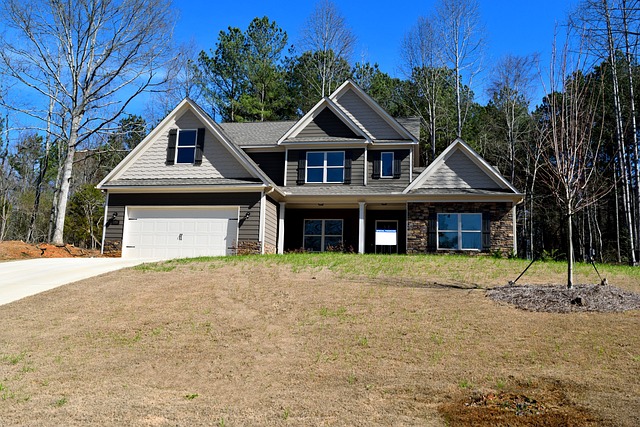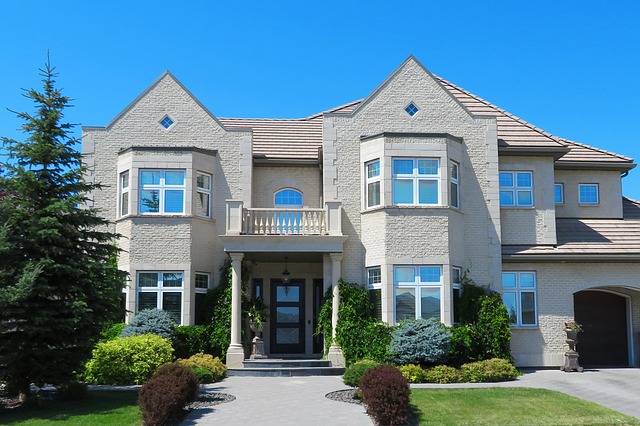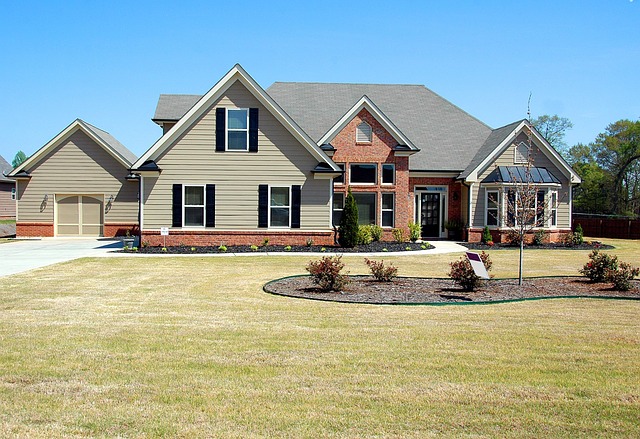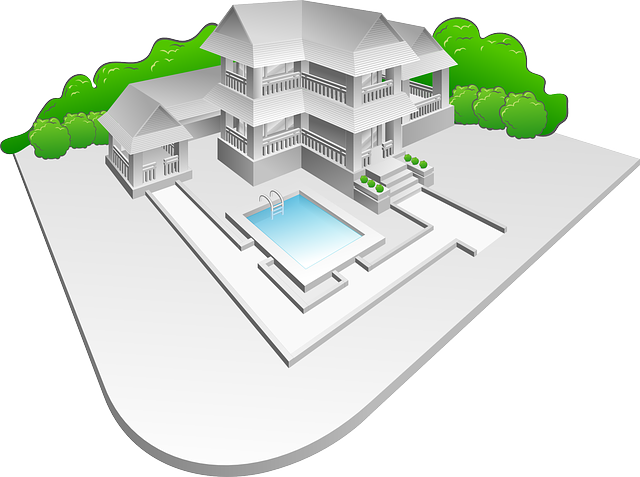After five years, Executive Condos East (ECs) require regular maintenance for structural preservation and upkeep of their initial appeal. The community's social landscape evolves with changing demographics, enriching cultural diversity in common areas and events. ECs often experience significant value appreciation due to market trends but necessitate understanding management fees and regulatory frameworks, such as HDB policies, for long-term financial planning. Beyond the launch phase, ECs can adapt to modern demands through renovations and strategic redevelopment while leveraging their prime locations and quality construction for community revitalization.
After five years, an Executive Condo (EC) in East region undergoes significant transformations. This article delves into the multifaceted changes that shape these properties, from their physical state—maintenance, upgrades, and aesthetics—to dynamic community shifts, financial trends, regulatory updates, and future development prospects. Understanding these factors is crucial for both current residents and prospective buyers navigating the Executive Condo East market.
- The Physical State: Maintenance and Upgrades Over Time
- Community Dynamics: Changes in Resident Composition
- Financial Aspects: Value Appreciation and Management Fees
- Regulatory and Legal Considerations: Zoning and Ownership Rules
- Future Prospects: Potential for Renewal and Re-development
The Physical State: Maintenance and Upgrades Over Time

After five years, an Executive Condo East (EC) undergoes noticeable changes in its physical state, reflecting the cumulative effects of daily habitation. While some upgrades and renovations may have been undertaken by subsequent owners, the original structure experiences natural wear and tear. Common areas might show signs of aging, with flooring needing replacement or paint peeling off walls—testaments to the constant flow of residents and visitors.
Despite this, well-maintained ECs can retain much of their initial appeal. Regular upkeep, including routine cleaning, repairs, and minor renovations, plays a significant role in preserving the building’s integrity. The community’s collective efforts in maintaining common spaces and facilities ensure that the EC remains a desirable residence for its occupants, mitigating the effects of time on this physical space.
Community Dynamics: Changes in Resident Composition

After five years, the social landscape within an Executive Condo (EC) community often undergoes significant transformations. The initial resident mix may have been dominated by young professionals or families, but over time, this demographic can evolve. As residents age or their life circumstances change, the community dynamics shift, creating a new social fabric. New neighbors with diverse backgrounds and lifestyles move in, contributing to a richer cultural tapestry within the EC.
These changes impact the overall atmosphere of the building. Common areas that were once filled with laughter and play may now host quieter conversations among seasoned residents. Community events might adapt to cater to varied interests, reflecting the evolving preferences of the EC’s population. The dynamic nature of these communities ensures a constant refreshment of social connections and experiences for both long-standing and new residents alike.
Financial Aspects: Value Appreciation and Management Fees

After five years, the financial landscape for an Executive Condo (EC) in East is typically marked by significant value appreciation, driven by market trends and the desirability of such properties. This growth can be substantial, especially in locations with high demand and limited supply. However, it’s not just about selling at a profit; homeowners also need to consider ongoing financial management. Management fees play a crucial role in EC ownership, as these collective costs are typically paid by residents to cover maintenance, common area upkeep, security, and other associated expenses. Understanding these fee structures is essential for long-term financial planning, ensuring that the benefits of value appreciation align with the ongoing financial commitments involved in EC ownership.
Regulatory and Legal Considerations: Zoning and Ownership Rules

After five years, an Executive Condo East (EC) faces a unique set of regulatory and legal considerations distinct from other property types. Zoning laws, which dictate how land can be used, remain stringent in many areas, especially urban centers. These rules ensure that developments align with community needs and preserve the character of neighborhoods. For ECs, this means adhering to specific guidelines on building height, density, and amenities to maintain the balance between luxury living and compliance with local regulations.
Ownership rules also evolve over time. In Singapore, for instance, the Housing & Development Board (HDB) oversees EC sales and resales, ensuring transparency and fairness. As properties age, changes in ownership policies could impact residents’ rights and responsibilities. Understanding these legal frameworks is crucial for both current owners looking to resell and prospective buyers navigating the market, especially as the EC sector continues to grow and evolve within the dynamic real estate landscape of East Singapore.
Future Prospects: Potential for Renewal and Re-development

After five years, the story of an Executive Condo East (EC) doesn’t end; it merely transitions into a new chapter. The initial buzz and excitement of its launch often fade, replaced by a period of stability and potential for growth. During this time, property owners and investors alike can look forward to renewed prospects.
The market dynamics may shift, presenting opportunities for ECs to adapt and evolve. With increasing demand for modern, well-designed living spaces, there’s a chance for strategic re-development. This could involve contemporary renovations, clever space optimisation, or even innovative design concepts that cater to the changing needs of future residents. The key lies in recognising the EC’s unique selling points—its prime location, quality construction, and initial appeal—and building upon these to create a vibrant and sought-after community once again.
After a meticulous exploration of various facets, it’s clear that an Executive Condo (East) undergoes significant transformations over five years. From physical enhancements through maintenance and upgrades, to evolving community dynamics and changing resident profiles, the EC remains a dynamic asset. Financially, it witnesses value appreciation and fluctuates in management fees, while regulatory changes and ownership rules must be navigated. With potential for renewal and re-development on the horizon, an EC’s future prospects look promising, offering both challenges and opportunities for prospective owners and investors alike.
